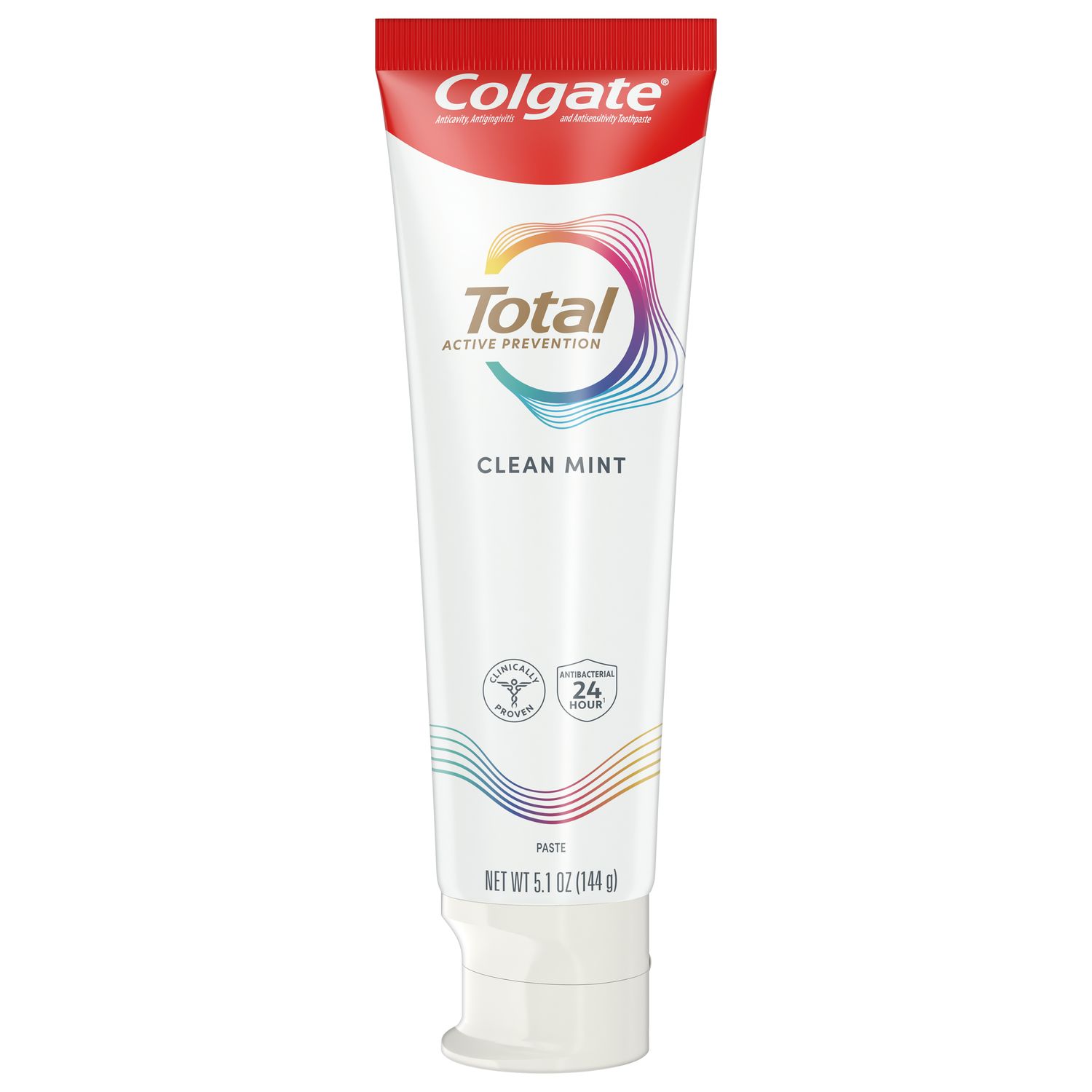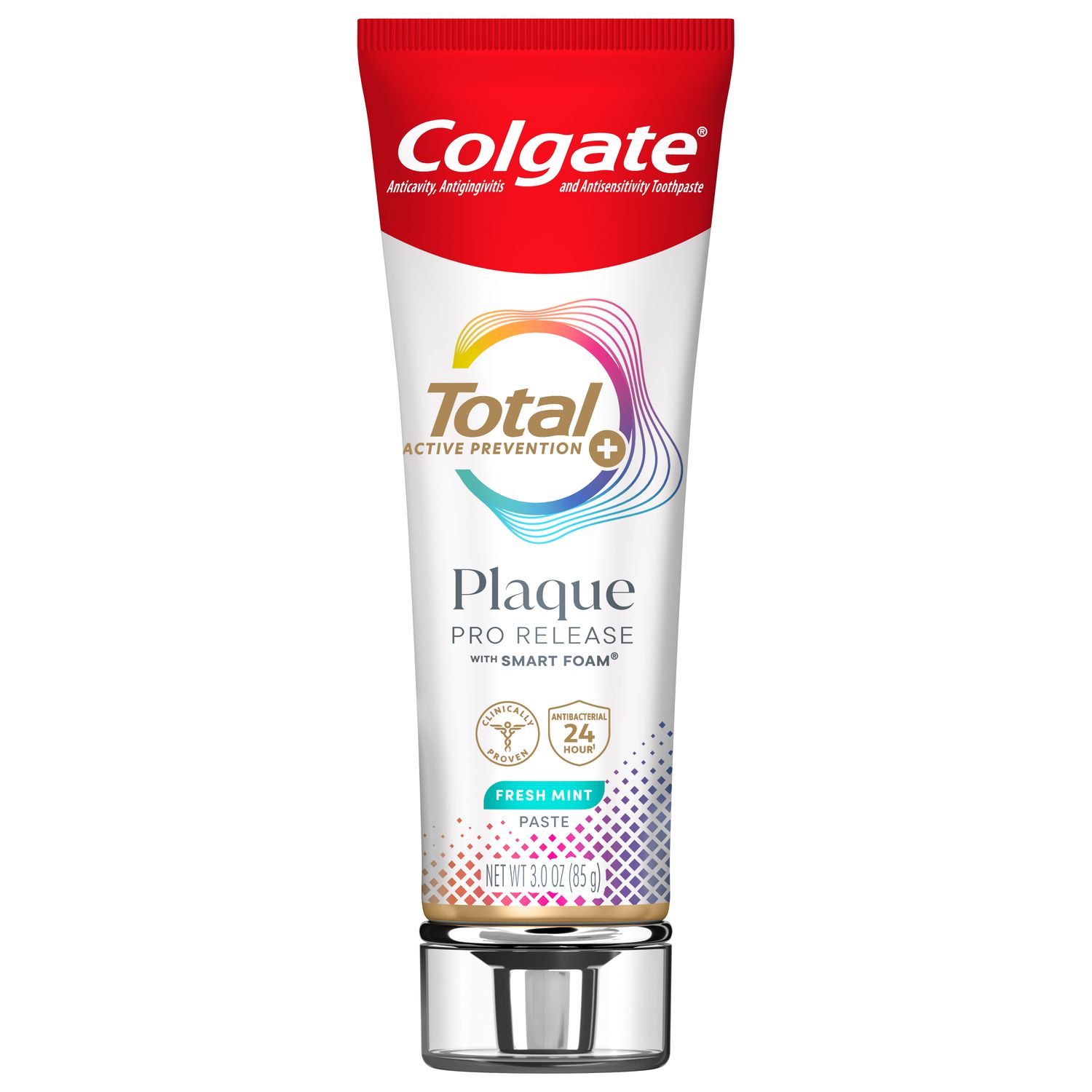
Opioid abuse is a growing health concern, and the number of people battling substance abuse disorder and addiction has greatly increased over the last two decades. Dentistry is doing its part in fighting the opioid epidemic. The American Dental Association (ADA)'s new policy on opioids may help you become a part of the solution to this national crisis.
The Faces of Addiction
According to the American Society of Addiction Medicine, 2 million people age 12 and older had a substance abuse disorder that involved prescription painkillers in 2015. You may even personally know someone who is battling substance abuse disorder or addiction.
Many times, people develop a substance abuse disorder or become addicted to opioids after they were originally prescribed medication containing opioids by a healthcare professional for pain management. Opioids in such medications include hydrocodone, fentanyl, morphine, oxycodone and codeine.
Dentists have traditionally prescribed opioids for acute pain management, such as after wisdom teeth have been extracted. Fortunately, nonopioids are effective and there are a number of steps outlined in the ADA policy that can help to reduce opioid prescribing and abuse.
Details on the New ADA policy
The new ADA policy was released in March 2018 and is designed to help combat the opioid epidemic. This policy has three components, in which the ADA supports:
- Mandatory continuing education addressing opioids and other controlled substances
- The CDC guidelines on statutory limits on prescription opioid dosages and a maximum duration of seven days for prescriptions treating acute pain
- Registration and use of prescription drug monitoring programs (PDMPs) by dentists, to foster appropriate use, and to deter misuse and abuse, of opioids
The Centers for Disease Control offers a helpful guide on the workings of PDMPs. All of these steps together help dental professionals in the effort to tackle the opioid epidemic.
Controlling Dental Pain Without Opioids
Not prescribing opioids in the first place reduces the opportunity for misuse and abuse. According to an overview of systematic reviews published by The Journal of the American Dental Association, 400 mg ibuprofen in combination with 1,000 mg acetaminophen was more effective than opioids, providing the highest proportion of adult patients with at least 50% maximum pain relief for 4 to 6 hours, and with a median of eight hours before patients needed to remedicate for renewed pain relief.
Individual patient history, pain relief requirements, contraindications and potential adverse events must be considered before recommending/prescribing medications.
How to Talk to Your Patients About Opioids
If your office admits patients for a throbbing toothache, they may request or expect to get a prescription for painkillers. Perhaps they have been prescribed narcotics for dental pain in the past.
Take the time to explain to your patient that your dental office is very concerned about managing their pain, but that opioids are not always the best choice. Emphasize that ibuprofen plus acetaminophen has been proven to be a more effective choice for dental pain and your office is doing everything it can to help combat substance abuse disorder and the possibility of addiction.
Takeaways
- Opioid prescriptions can lead to substance abuse disorder and addiction.
- The new ADA policy supports limiting prescription opioids, access to a database with historical prescription data (PDMP), and mandatory continuing education.
- Talking to your patients about the dangers of substance abuse and addiction may help prevent future misuse and abuse of opioids.
Why It's Important
Opioid-related substance abuse, addiction and deaths can be prevented. Dentistry plays an important role in fighting the opioid epidemic and you, as a dental professional, can make a difference by sharing this information with your patients and colleagues.
Join us
Get resources, products and helpful information to give your patients a healthier future.
Join us
Get resources, products and helpful information to give your patients a healthier future.













